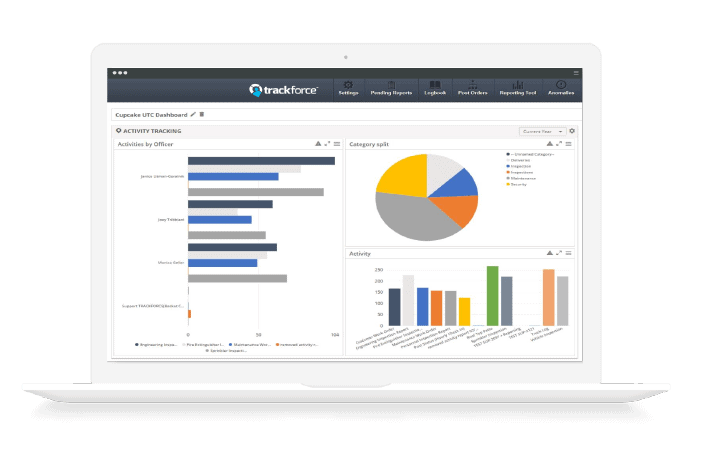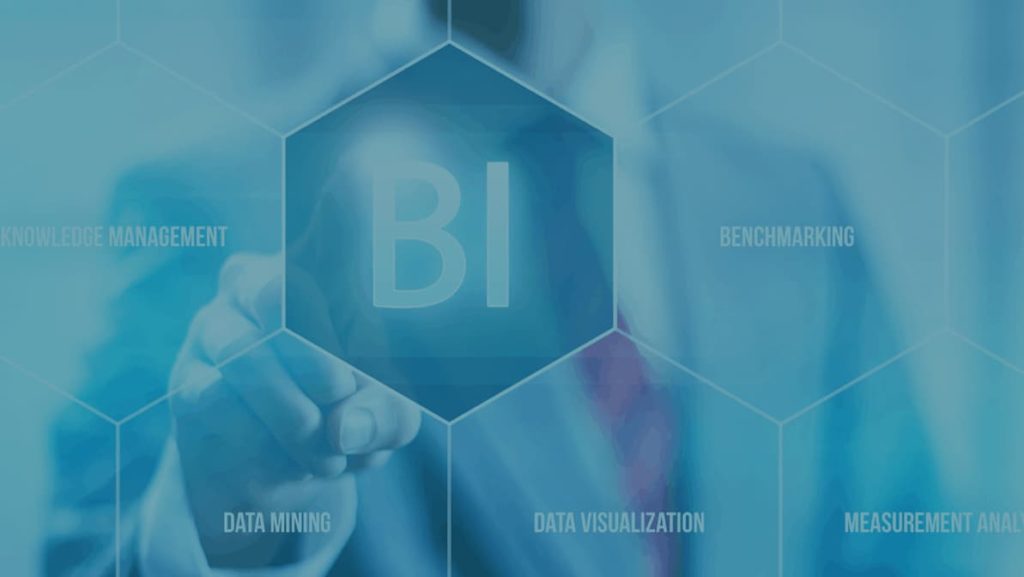Business Intelligence (BI) takes data and information gathered by technology in order to deliver insights that are actionable, resourceful, and meaningful to your operations.
When thinking about how Business Intelligence can impact your operations for the better, there are two key components physical security companies can use to leverage technology: Real-Time Data and a Centralized Dashboard.
For physical security, the data and analysis gathered that become Business Intelligence comprises historical and real-time information, such as with incident reporting, guard activity, shift data, and scheduling, to name a few components.
A security company’s health is only as good as the insights it receives from their guards on the frontline. As a crucial indicator to the overall health of a security company, data captured in real-time sets the baseline numbers for any actionable insights determined by Business Intelligence.
Real-time data can be stats on completed or missed guard checkpoints, DAR and incident reports filed by guards on the field, guards on break or actively on shift, the immediate locations of remote guards on one or multiple sites, and others.
Real-time guard scheduling and shift data
In order for real-time data to provide actionable insights, and to improve a security company’s Business Intelligence, data must be analyzed and collected under a single view — a dashboard.
A Centralized Dashboard for Data Visualization
In using a centralized dashboard, supervisors can keep track of site incidents, missed checkpoints, and emergency alert and can aid in three essential points: guard schedules, training, and overtime.
Eliminate Scheduling Conflicts
Manually keeping a record of security guard attendance is inefficient and can lead to errors. Tracking employee time and attendance can efficiently eliminate scheduling conflicts and identify employees that may be struggling in this area in order to administer the necessary corrective actions.
Unify Employee Training
Keeping track of who has and hasn’t completed what training courses shouldn’t be a difficult task once data is gathered in real-time. With a centralized dashboard, supervisors can easily see who has and hasn’t completed training courses, allowing to easily maintain compliance or keep contract terms.
Manage Employee Overtime with Time and Labor Management
Have supervisors to keep track of employee time, eliminating unnecessary costs associated with collecting and analyzing data. Rather than downloading reports into paper or spreadsheets, supervisors and managers can rely on current and historical information to solve security issues and to handle back-office responsibilities, such as invoicing.
Ensuring Your Team is Trained to Act on Business Intelligence
Having your operational insights visualized in a dashboard in real-time is only half of the journey. Your team must know how to interpret the data in order to have meaningful action that results in stronger Business Intelligence.
How to Prepare Your Team for Better Analysis of Data Received
Alongside the basic operational skills supervisors already implement daily, when using real-time data, insights are immediate. Immediate insights not only streamline processes like reporting, guard shift swaps, incident alerts, and others, but document a digital record of events for historical backtracking.
In streamlining processes, supervisors can delegate once time-consuming actions, like data hunting and verification, and focus on reviewing the information that has been collected for them. This would require a shift in how supervisors analyze data.
With just a few clicks, supervisors can access site health stats on:
- Current and historical incidents
- Open and closed reports
- Shift data across a time range per site or guard
- Ontime or missed checkpoints
- Current and past location data for remote guards
- Lone Worker status

Harnessing Business Intelligence for Better Operations
Elevating your operations beyond typical manual processes will effectively lead to impactful and actionable Business Intelligence.
With information harnessed in real-time and streamlining processes that would otherwise impede effective action, supervisors can leverage technology to better review current and historical stats derived from their guards on the frontline, such as: shift data, schedules, reports, incidents, checkpoint data, and even guard location data.
When managing guards remotely, especially during trying times and with limited resources, supervisors can make informed decisions while working remotely. Alongside Real-Time Dashboard, and even comprehensive security guard incident and activity reporting, supervisors gain insights on their guards on patrol, providing much needed visibility for stronger analysis and Business Intelligence.



